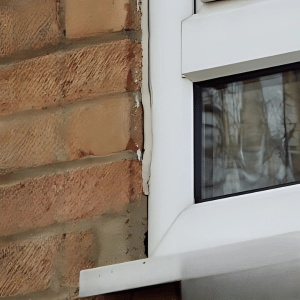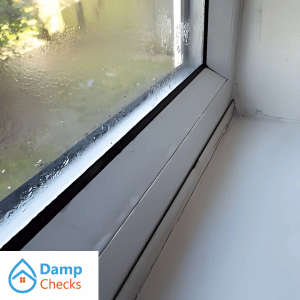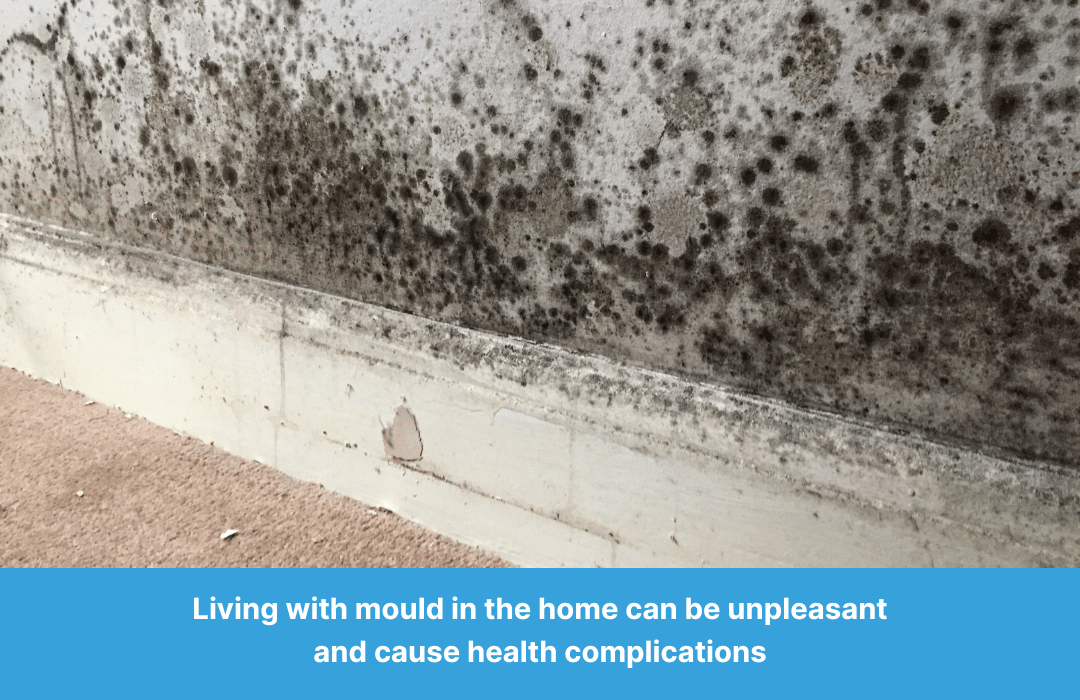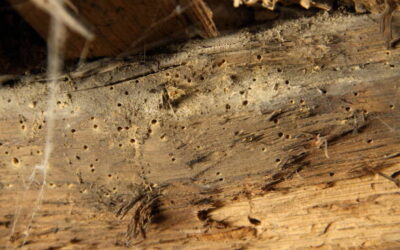What causes mould?
I am often asked to explain the causes of mould growth. My explanation is very simple, all mould needs moisture and a food source in order to germinate and flourish. If it happens to be located where there is little air movement, as it often is, it will grow even better. The mould spores exist all around us in the air and on surfaces just waiting for the ideal conditions. The easiest way in which we can control mould growth is to remove the source of the moisture.
If conditions are dry, the mould will not survive, so let’s find out what is causing this excess moisture then shall we? I was recently asked to survey a first floor flat in London for a housing association landlord. The housing officer advised me of problems with mould that needed urgent action to stop the problem. The flat tenant was convinced the problem was the “old” PVCu windows and wanted them replaced. The windows were still in a serviceable condition and not deteriorating. I agreed the sealant around the windows wasn’t very good, but this wasn’t an influencing factor.

Poor window sealant can allow rainwater ingress
It looks like penetrating damp, but . . .
Moisture measurements with a range of electronic meters showed any moisture was isolated on the surfaces only. The fact the moisture was on the surface and not within the structure showed this to be as a result of condensation. What about the damp patch below the living room window they then asked. It certainly did look like penetrating damp. But!
I then demonstrated how this also resulted from condensation on the surface of this patch of wall. This isolated patch of damp caused by condensate was due to an old flue vent through the wall. The wall vent had been incorrectly back-filled allowing the temperature of this patch to drop. The wall temperature here had dropped to the dew-point temperature of the air in this room.

Window condensation often highlights elevated humidity levels in the house




